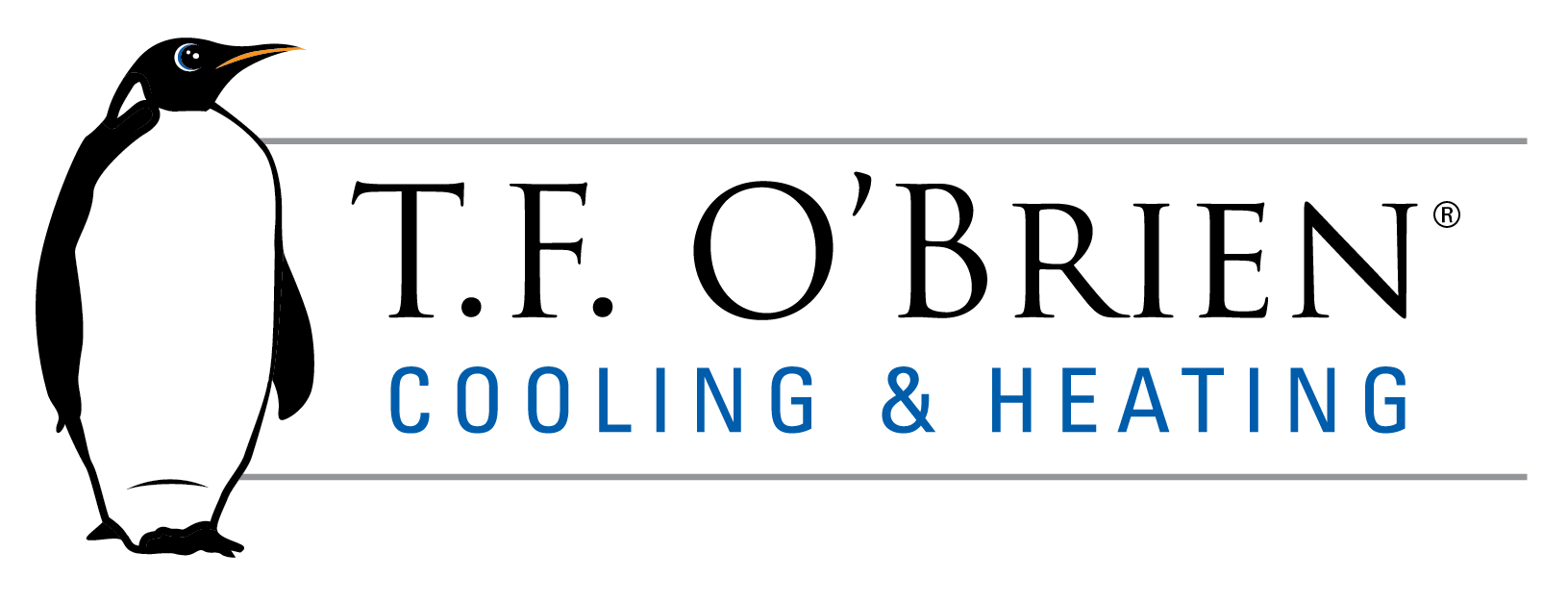Heating bills across the country are the highest they have ever been, with out any relief in sight. Even if your older furnace runs, from an economic standpoint it would be wise to replace it. With the proper furnace selection, your central air-conditioning bills can be lower too.
Compared with a 17-year-old furnace, a new furnace can save the typical family hundreds of dollars per year. Based on the efficiency of your old furnace, probably 60% at best, a new furnace can cut your utility bills by 40%. You can do the arithmetic to determine your annual savings.
Not only will you have lower utility bills, but the comfort and quiet operation of a new system will surprise you. The contractor should install a computerized thermostat with it. This thermostat, coupled with the electronic controls in the new furnace, will maintain even room temperatures.
You can choose from two basic designs of furnaces: condensing and non-condensing. The condensing models (this refers to the type of heat exchanger used) are the most efficient and the best choice for most homeowners. The efficiencies of condensing models range from about 90% to over 95%.
These models are very efficient, and so little heat is lost in the flue gases that a chimney is not needed. The gases are exhausted by a 2-inch-diameter plastic pipe through an outdoor wall. With no need for a new chimney liner, a condensing furnace is often cheaper to install.
Some models also offer sealed combustion for better efficiency. The combustion air is drawn in from outdoors through another plastic pipe instead of being drawn from inside your house. Being sealed, there are fewer indoor drafts, less noise and less chance of hazardous back drafting.
For the ultimate in comfort and efficiency, but at a higher initial cost, is a two-stage heat output furnace with a variable-speed blower. This type of blower is needed if you want the best central air-conditioning.
In all but the coldest weather, the gas burners operate at a low heat level. This allows the furnace to run more continuously with fewer uncomfortable on/off cycles. The blower also runs slower and quieter at this low level. During very cold weather, it automatically switches to high heat.
If your budget allows, also install a quality air cleaner. Since a two-stage unit runs more, the air cleaner is more effective for allergy sufferers.
